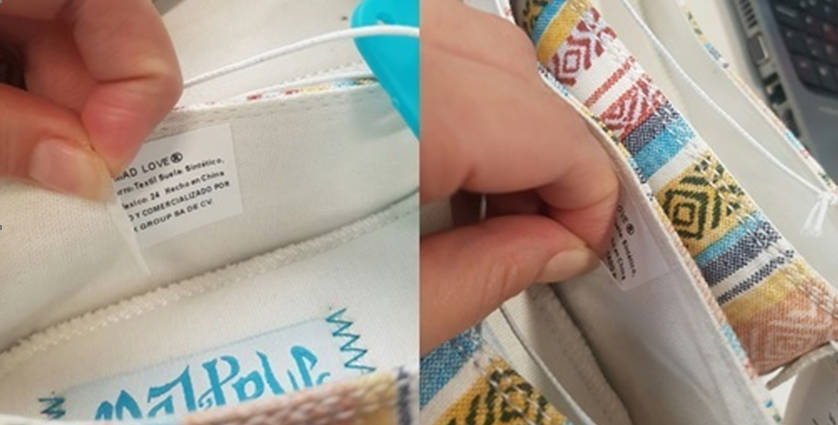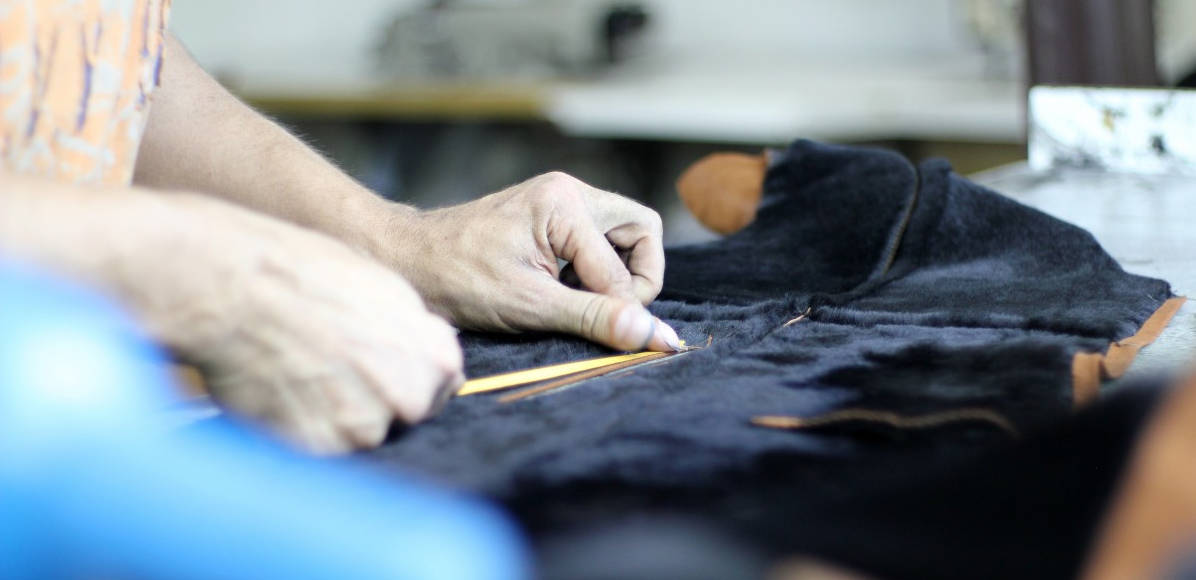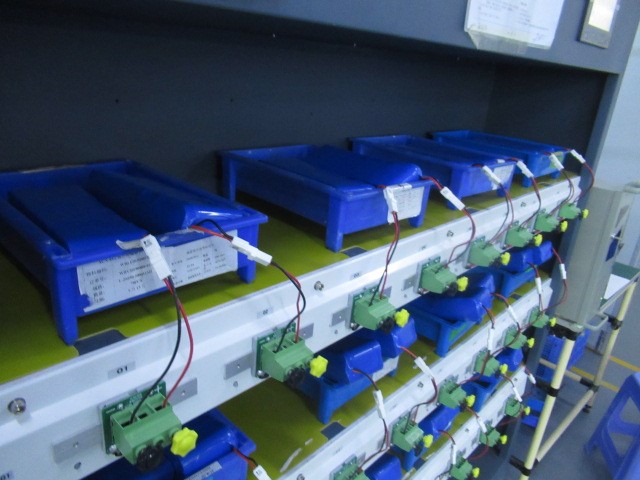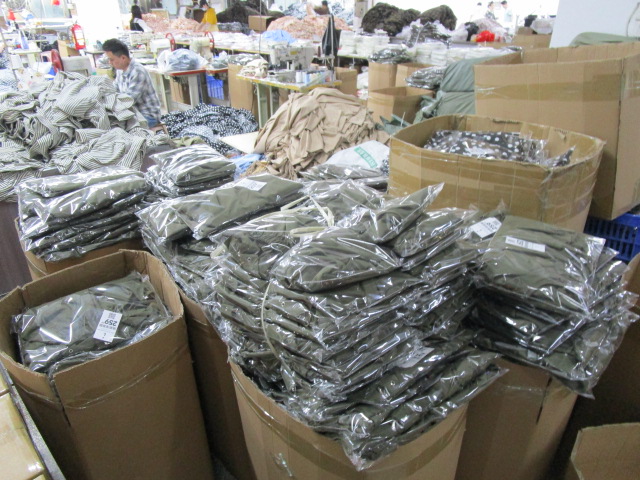
The quality of materials used in footwear not only determines the product’s durability and comfort but also its overall appeal to consumers. Thus, a rigorous inspection and verification process is essential in the quality control of footwear. This process helps in identifying material defects, ensuring compliance with specified standards, and ultimately guaranteeing customer satisfaction. This article outlines the crucial steps, key points, and considerations involved in inspecting and verifying materials during the quality control process of footwear.
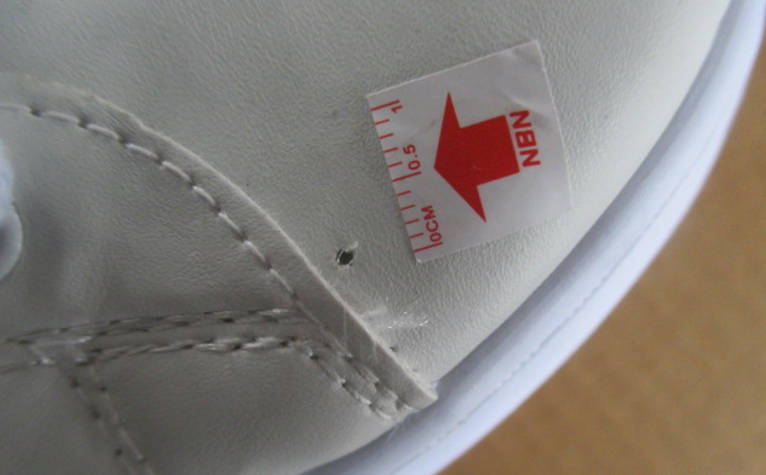
Contents
Understanding Material Specifications
- Material Knowledge: Familiarize yourself with the types of materials used in footwear, including leather, textiles, synthetics, rubber, and plastics. Understanding the properties and standards of each material type is crucial.
- Review Specifications: Before inspection, review the material specifications provided by the designer or manufacturer. This includes color, texture, strength, and any specific treatments or finishes that the material should have.
Sampling and Preparation
- Sampling Plan: Adopt a systematic sampling method to select material samples for inspection. Sampling should be representative of the entire batch to ensure accurate results.
- Conditioning: Prepare the materials for inspection by conditioning them under standard environmental conditions (temperature and humidity) to stabilize their properties.
Visual Inspection
- Surface Defects: Conduct a thorough visual inspection to identify any visible defects such as scratches, cracks, color inconsistencies, or other imperfections on the material surface.
- Color Matching: Verify the color of the materials against the color standards under controlled lighting conditions to ensure consistency and accuracy.
Physical and Mechanical Testing
- Tensile Strength: Test the material’s tensile strength to ensure it can withstand the stress and strain of normal wear.
- Abrasion Resistance: Assess how well the material resists wear from rubbing, which is critical for areas of high contact.
- Flexibility and Bending: Evaluate the material’s flexibility and its ability to withstand repeated bending, essential for comfort and durability.
- Water Resistance: For materials that require waterproof properties, conduct tests to assess their effectiveness in repelling or resisting water.
Chemical Testing
- Chemical Composition: Analyze the chemical composition of materials to detect any harmful substances that could pose health risks, ensuring compliance with regulations like REACH (Registration, Evaluation, Authorisation, and Restriction of Chemicals).
- Adhesion Tests: For materials that will be bonded together, perform adhesion tests to ensure the strength and durability of these bonds under various conditions.
Compliance Verification
- Regulatory Standards: Verify that all materials comply with applicable regulatory standards, including safety, environmental, and specific industry benchmarks.
- Certification Review: Check for and review any relevant certifications or test reports that accompany the materials, confirming their compliance with stated specifications and standards.
Reporting and Feedback
- Detailed Reporting: Document the inspection process and results in a detailed report, highlighting any deviations from specifications and suggesting corrective actions.
- Supplier Feedback: Provide feedback to suppliers or manufacturers regarding the inspection findings, especially if any non-conformities are identified, to ensure corrective measures are taken.
Key Considerations
- Proactive Communication: Establish clear and continuous communication with suppliers to understand material specifications and any potential challenges in meeting these specifications.
- Continuous Improvement: Use the insights gained from material inspections to drive continuous improvement in material selection and quality control processes.
- Educate and Train: Ensure that the QC team is adequately trained in the latest inspection techniques and standards relevant to footwear materials.
Conclusion
Inspecting and verifying materials in the footwear quality control process is fundamental to ensuring the production of high-quality, durable, and compliant products. By meticulously following these steps and paying attention to key considerations, manufacturers can significantly reduce the risk of defects, ensure regulatory compliance, and meet the high expectations of their customers.


